Over the past decade LED lighting technology has advanced by leaps and bounds to a new level.
Compared to even 5 years ago, LED lights these days are much more developed. Modern LED lights contain technologies and features that are incomparable.
Table of Contents
In addition to being more functional and versatile, these lights are extremely environmentally friendly. Moreover, efficient manufacturing processes have made these lighting products a lot more affordable.
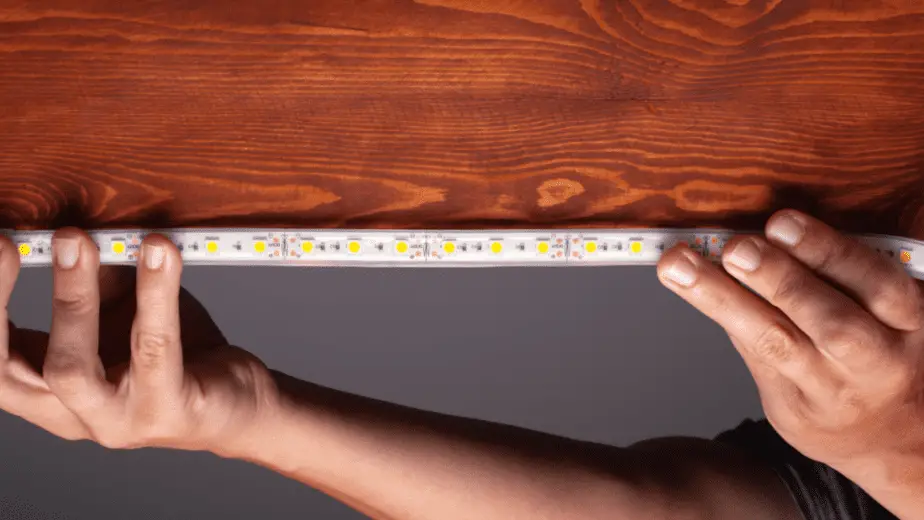
But perhaps the most important advancement is the fact that modern LED lights last a lot longer. A standard LED light strip can last anywhere from 30,000 to 50,000 hours.
With these strips guaranteed to last so long, there is a very good chance the light itself will easily outlast the adhesive that you use to stick the strip to a surface.
Now this doesn’t mean that you’ll have to go and get an entirely new LED strip. There are a bunch of ways you can easily restick these strips to a surface.
Can You Restick LED Lights Strips?
The short answer is yes, you can absolutely restick your LED light strips.
But before you go out and apply any generic adhesive to your LED strip, understand that not all kinds of adhesive materials will be appropriate for this purpose.
The kind of adhesive glue, tape or material that would be suitable for you depends on a few things.
First, you have to consider the kind of surface you want to stick your LED strips to. Adhesives that are suitable for smooth and shiny surfaces may not be suitable for rough surfaces.
In addition, if you’re thinking about how to restick LED light strips to a painted surface, you’d want an adhesive that doesn’t damage the paint.
In terms of the strip itself, you have to use an adhesive that doesn’t damage the components of the strip.
Ways How to Restick LED Light Strips
1. Using Adhesive Tape
Adhesive tapes are the most commonly used option when considering how to restick LED light strips. Adhesive tapes are generally known as double sided tapes and can be picked up from any supermarket or hardware store.
The advantage of using adhesive tape is that these tapes are very cheap and can be found in almost any stores. If you somehow apply these tapes wrongly, you can easily remove the tape and start over.
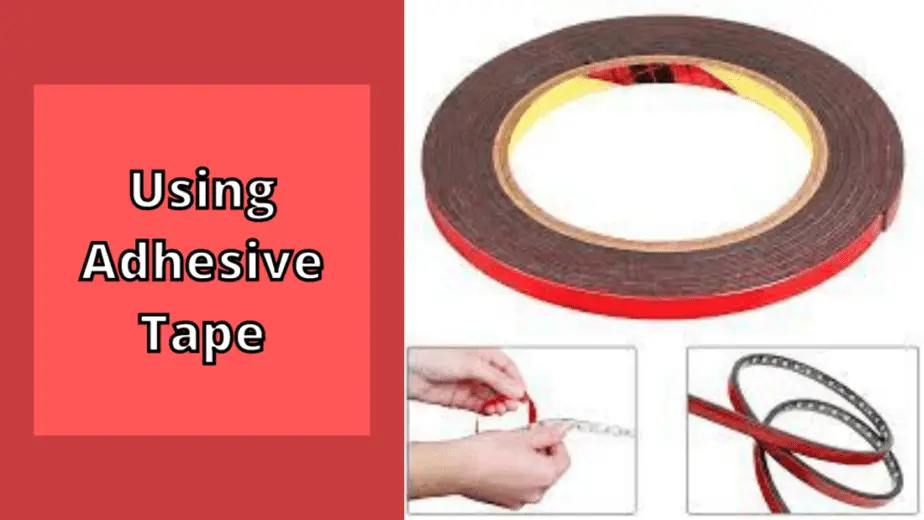
However, adhesive tapes are not as long lasting as some of the other options.
2. Using Adhesive Glue
Adhesive glues are another popular choice for these purposes. Adhesive glues are designed for utility purposes and are therefore much stronger than general purpose glues.
Even though adhesive glues are much stronger and long lasting compared to adhesive tape, they do tend to be more expensive.
Moreover, adhesive glues can be very difficult to work with, as they can easily create a mess and may stick unexpectedly to something.
3. Using Wire Clips
Wire clips that are usually used for hanging up wires can also be used to secure LED strips to a surface.
These clips are not the most aesthetic option, however this alternative is really easy to execute.
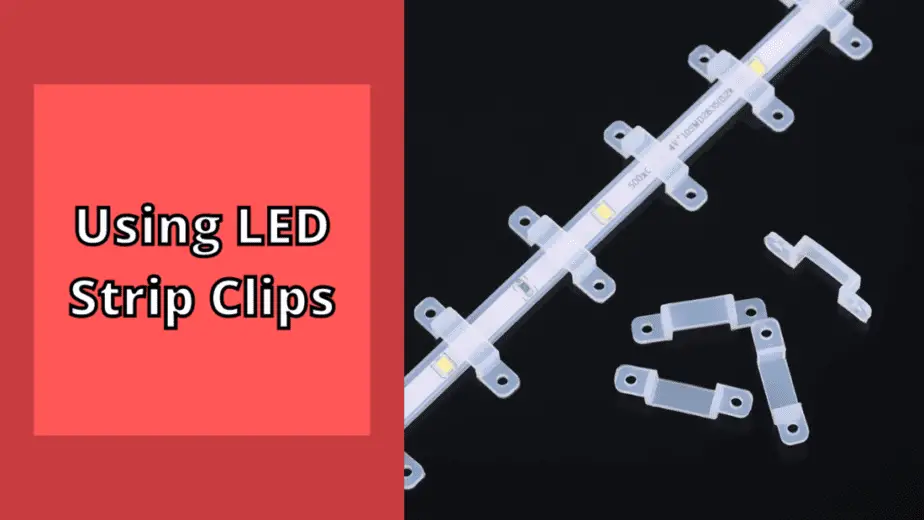
4. Using Staples
Staples are another option worth considering when thinking about how to restick LED strips. Even though staples should not be used on some surfaces, heavy duty staples can be used to stick LED strip lights to surfaces like hardboard, cardboard, particle board, etc.
Make sure that the staples are wide enough to fit the width of the LED strip underneath them. Stapling through the strip may damage vital electrical components.
5. Using Elastic Adhesives
As adhesive glues are extremely tricky to work with, elastic adhesives can be an effective solution. These adhesives can be molded by hand to a suitable shape before it hardens.
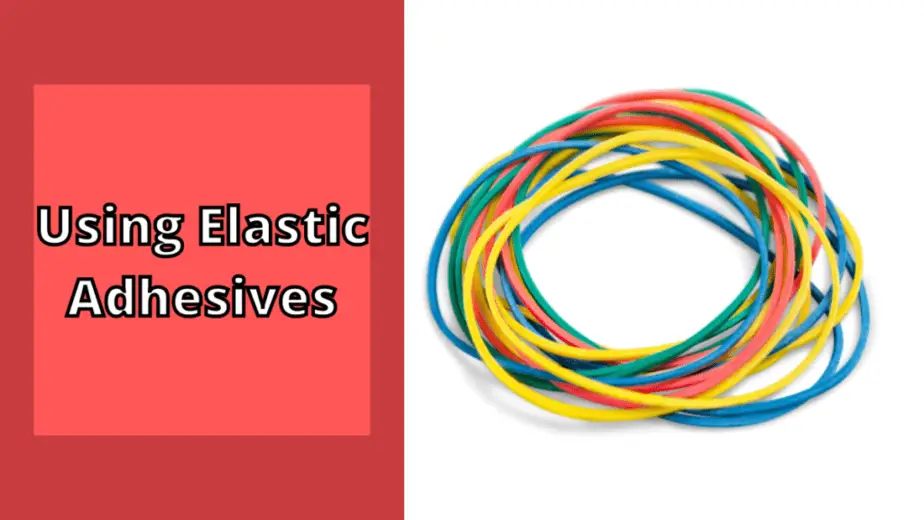
Mounting putty is a good example of an elastic adhesive. The one downside of elastic adhesives is that it can take a very long time for them to set.
6. Using LED Covers
LED covers are not the best option out there, as it requires a fair bit of assembling and handiwork to install these. Moreover, most LED covers have a translucent glass/plastic surface in order to soften the light from the LED strip.
Led Adhesive Type for Resticking LED Light Strips
1. Hot Glue
Hot glue is usually applied through a hot glue gun by heating up a glue stick. Hot glue has extremely strong adhesive properties, therefore you can expect the glue to work for a long time.
However, as you can guess from the name, the glue tends to be very hot. This can possibly damage the components of the LED strip. So check whether your LED light strips are resistant to high heat.
2. 3M Adhesive
3M is an extremely well known brand when it comes to making hardware products. The company manufactures a wide range of adhesives that are specifically designed for specific purposes.
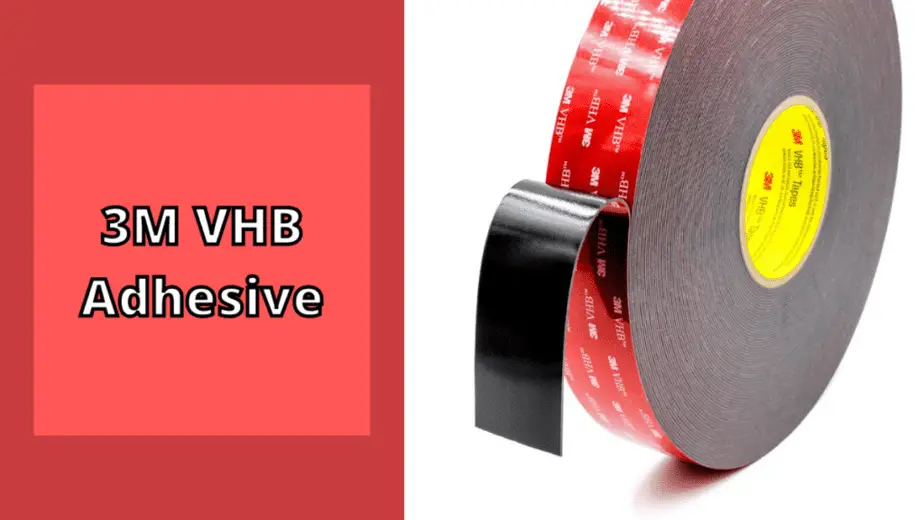
Even though these adhesives run a little more expensive than your generic adhesives, the investment is definitely worth it.
3. Epoxy
Epoxy is a transparent medium of adhesive that has gained popularity recently. The transparency of epoxy allows you to not worry about the glue preventing the light from lighting properly.
Unfortunately, epoxy takes a very long time to harden and has a high chance of dripping if applied in a high quantity.
4. Super Glue
If you’re looking for a quick and cheap solution to your problem, super glue can be used. However when you’re looking at how to restick LED light strips, know that super glue dries extremely quickly.
This means that you won’t have much time to properly place your LED strips. Moreover, super glue is not going to last extremely long either.
5. E6000
E6000 is a craft glue that is a popular choice among artists. This glue is extremely versatile, as it can be used on almost any surface.
In addition to being easy to apply, this glue is also non flammable and can withstand extreme heat.
6. Silicon Adhesive
Silicone adhesive is mainly used for sealing narrow spaces to avoid leaks. It doesn’t have strong adhesive properties.
It’s very common to have a tube of one of these lying around in your household, so if you’re looking for a quick solution this could work. However, chances are it won’t hold the strips for long.
Required Materials
- Adhesive remover (optional)
- Microfiber cloth
- Cleaning products (rubbing alcohol, Lysol, etc.)
- Scraper (or a semi blunt knife)
- Brush
- Adhesive
- Scissors
- Hair dryer (optional)
How to Restick LED Light Strips Using Adhesive
Step 1: Remove The Old Adhesives
Apply some adhesive remover to a microfiber cloth and gently start rubbing the back surface of the strips to remove the old adhesive.
If you don’t have an adhesive remover, you can use a nail polish remover or any alcohol based cleaner.
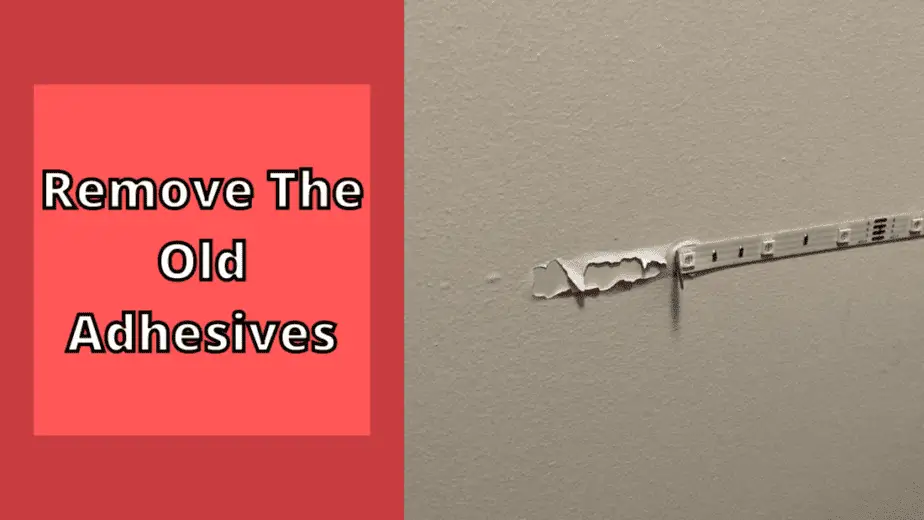
If the old adhesive is completely dry and is not coming off, use a scraper or sharp tool to gently scrape it off. Be very careful to not damage the strip.
Step 2: Clean LED Strips Back
Once the old adhesive has been removed, clean the back of the strip using an alcohol based cleaner. This will create a smooth surface for the new adhesive to stick to.
Step 3: Remove Dust From Surface Area
Using a brush or a cloth, clean or sweep the surface you’re going to attach the strip to. Presence of dust will not allow the adhesive to stick properly.
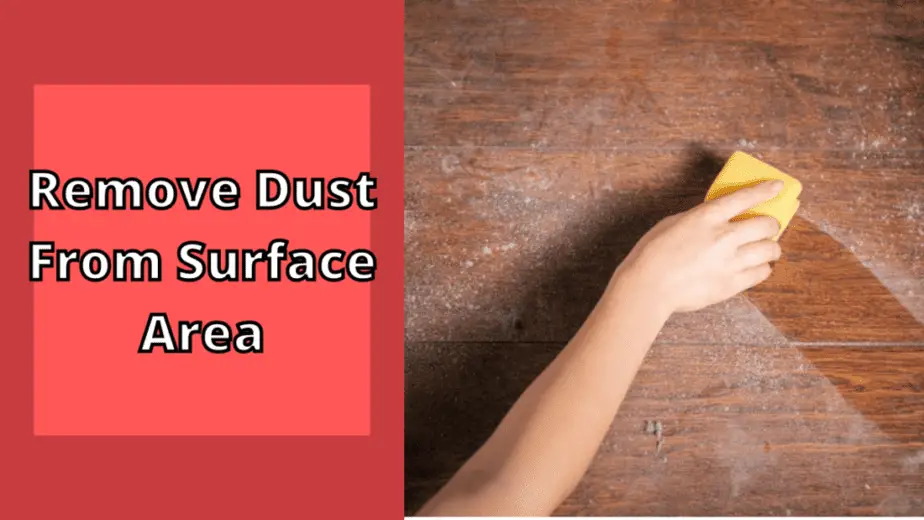
Step 4: Measure Size
Measure the surface area where you’ll be attaching the strip. This will determine the amount of adhesive you’re going to need.
Step 5: Cut Light Strips To Size
As we’re talking about how to restick LED light strips, we must mention that sometimes the strips are too long and the adhesive is just not strong enough to hold the weight of such a long strip.
In this case, we recommend cutting the strips and connecting them using connectors.
Step 6: Set Up a Pipeway (Mount a Channel)
If you’re placing your LED strip in a narrow space or a groove within a surface, it is safe to use an LED channel.
LED channels enable the strips to be more secure.
Step 7: Attach New Adhesive
Now that you have prepared and cleaned your LED strip and your surface. Its time to carefully apply the adhesive.
We recommend applying the adhesive to the strip instead of the surface you’re attaching it to, as it reduces chances of spilling or dripping.
Step 8: Apply the Strip To The Surface
Once the glue is applied, carefully place the strip on its desired location and firmly push on the strip to evenly spread the adhesive.
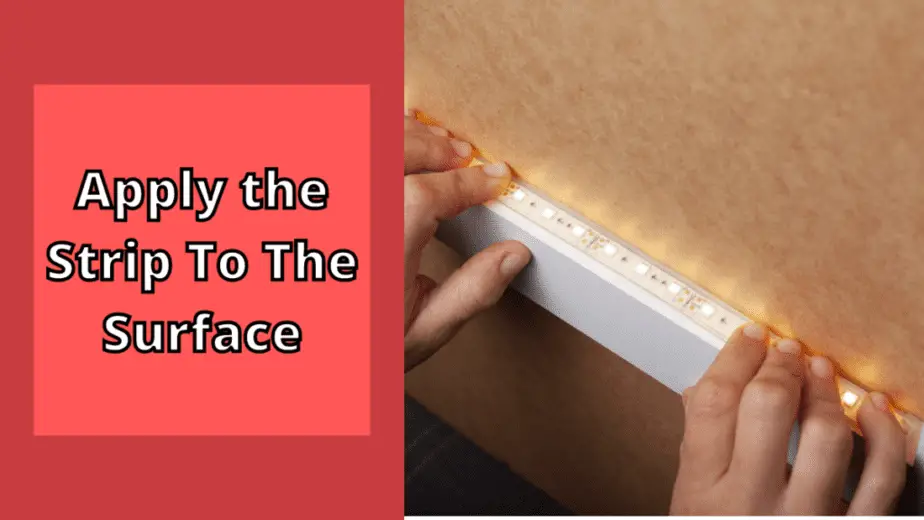
Depending on the drying time of your adhesive, you may need to apply firm pressure for longer.
Step 9: Let It Dry
Once you’ve made sure that the strip is evenly attached to the surface everywhere, give the adhesive time to dry before moving on.
As it dries, keep checking the strip to make sure the bond is not becoming loose anywhere.
Step 10: Light Up The Strips
Connect the strip to the power source and make sure the light is working properly. Make sure the adhesive is not obstructing the light anywhere.
Step 11: Ensure That Your Adhesive Is Protected
Make sure that the adhesive is not overly exposed to heat or other elements. Regularly clean the dust off the strip to increase the longevity of the adhesive.
Other Ways How to Restick LED Light Strips
Restick LED Strips Using Mounting Putty
A mounting putty is a flexible and moldable adhesive that can be formed into various shapes by hand. Mounting putties are generally used to stick frames and boards to walls.
The biggest advantage of mounting putty is that it is very easy to apply as well as very easy to remove. So if you plan to change the location of your LED strips in the future, mounting putties may be a good option.
However, mounting putties generally do not have very strong adhesive properties.
Restick LED Strips Using Hot Glue
The texture of hot glue is very close to that of a viscous liquid. Therefore, we only recommend using this for sticking LED strips to horizontal surfaces.

Sticking this glue to vertical surfaces may cause the glue to drip due to gravity.
Restick LED Strips Using Cable Ties
Cable ties can be a temporary solution if you’re thinking of how to restick LED light strips on a short notice. This option is not very nice to look at, however it gets the job done.
How To Stick LED Strips Without Adhesives?
Adhesives can be complicated and messy to apply. A common alternative to using adhesives is to use adhesive based tapes.
These are double sided tapes that already come with adhesives applied to both sides so you don’t have to worry about glue getting everywhere.
Just peel off the protective sticker and apply the tape to the desired surface.
How to Keep LED Strips From Falling Off
If your LED strip keeps falling off, you may not have used enough adhesives to stick the strip.
Secondly, a strip that is too long will be too heavy. Consider separating the strip and using connectors.
Finally if it still keeps happening, consider changing the type of adhesive you’re using.
FAQs: How to Restick LED Light Strips
Can I Use Super Glue to Restick LED Light Strips?
Super glue dries very fast and is not actually that strong compared to some industrial adhesives. If you don’t have any other alternatives, super glue will work just fine however it may not last very long.
How To Reuse LED Strips?
If you’re thinking about removing the strips and resticking them somewhere else, it can be tricky. Industrial strength adhesives are very difficult to remove and can actually damage the surface and the strip when removing.
You can buy adhesive remover from a hardware store, which may help you with this.
Can You Staple LED Strip Lights?
You can definitely use staples to pin down LED light strips to surfaces.
One thing you do need to be careful about is that the staples need to be wider than the width of the LED strip. Otherwise the staples may puncture the strip itself, possibly damaging it.
Staples will also permanently damage and leave a mark on the surface, so be wary of that.
Conclusion: How to Restick LED Light Strips
Now that you know everything there is to know regarding how to restick LED light strips, we hope that you’ll have no problem putting your LED strip back up.
Perform thorough research to determine the best option for your LED strip and surface. If you don’t feel comfortable using glue, just go with the safe route and use adhesive tape.
Read Also: How To Make Your LED Lights Rainbow

My strong expertise is illuminating spaces. With a keen eye for detail and a passion for transforming environments through lighting, my dream is to leave indelible mark on the world of light design. Below are few facts of my biography, highlighting career and hobbies. Click here to contact me.
